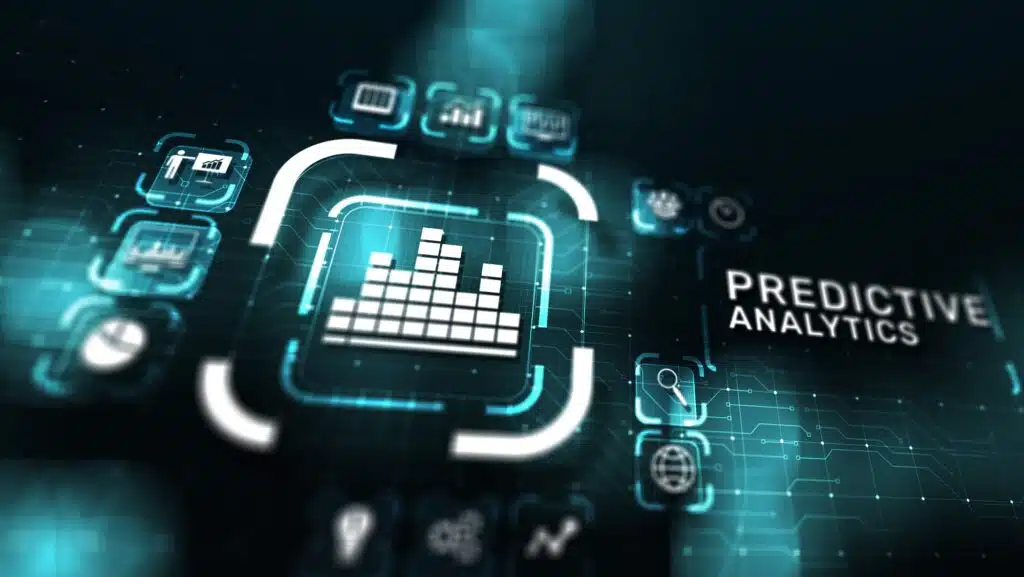HR professionals generally apply four types of analytics to get insights about a company’s workforce. These four types of workforce analytics allow an organisation to understand what is happening, why it’s happening, what you can do to fix it and how often something is likely to occur in the future. In this blog article, we help you understand each of these analytic methods and also show some examples of each one being used in workforce analytics software.
What are the four types of Analytics?
The four main analytic methods are:
- Descriptive analytics: This tells you what is happening. It helps to identify and evaluate data related to past events or the current state of affairs. It provides insights into what has happened or what is happening.
- Diagnostic analytics: This tells you why something is happening. It is a type of analytics that analyses data or content to answer the question, “Why did this occur?” It is distinguished by processes such as drill-down, data discovery, data mining, and correlations.
- Prescriptive Analytics: This tells you what to do about it. It is a form of Business Analytics that provides guidance on how to take advantage of potential opportunities or reduce potential risks and displays the consequences of each decision.
- Predictive analytics: This tells you how often it is going to happen in the future. It involves using data mining, predictive modelling, and machine learning to predict what may happen in the future based on current and past data.

What are the four key areas within HR that Workforce Analytics focuses on?
The above four types of analytics methods we covered should not be confused with the four key areas to which you can apply workforce analytics. These are:
- Recruitment
- Retention
- Talent management
- Productivity
Each of these four areas of HR can have any of the four types of workforce analytics applied to them. We cover those four areas in a separate blog post.
How can I use Descriptive Analytics with my workforce?
Descriptive Analytics is similar to report building. It takes historical data and presents it in a way that is understandable to a workforce manager. For example, if we looked at employee turnover rates over time, we could use descriptive statistics to show which employees have left or made redundant each year. Other examples include:
- Gender pay gap report
- Salary benchmarking report
If you have looked at a dashboard of HR data, the majority of the reports are likely to be descriptive. It is only through machine learning and other advanced analytic techniques that more forward-looking methods of analytics are being applied to workforce analytics.
How can Diagnostic Analytics be used with my workforce?
Diagnostic analytics often starts with a why question. For example:
- Why are the employee engagement scores getting poorer?
- Why is my operational turnover increasing?
- Why am I not getting enough candidates?
- Why are my customer satisfaction numbers falling?
Diagnostic analytics is about answering these and other questions using data science.
How can I use Prescriptive Analytics for my workforce?
Combine the capability of descriptive analytics (for instance, a report of historical retention trends) with an insight into what the organisation should do next.
Retention is a good example, and it is relatively easy to report on staff turnover using the standard descriptive analytics calculation:
Operational Turnover: The standard measure of staff turnover within an organisation calculated as a (%) = Total Number of leavers over a period / total number of employees over the period x 100
And we can track that number to see if the trend is improving or worsening. Let’s assume it is getting worse; what actions can we take?
SolvedBy.Ai’s retention product is an excellent example of Prescriptive Analytics combined with Predictive Analytics. It uses an AI to predict the probability of every member of staff resigning in the next 30, 60 and 90 days, and it combines that with insights into the reasons why this might happen.
The insights list the factors that correlate most highly with low retention rates and an individual benchmark for that employee. (this is a form of diagnostic analytics)
The prescriptive element involves recommending to managers what conversations they require and with whom, and what actions they should take to reduce the risk of an individual leaving. For example, an insight could suggest that the person is a risk because they have had the highest percentage of “late finish early start” shifts in their team, and you can make an effort to make your employee scheduling process fairer.
In fact, SolvedBy.Ai’s retention product uses all four types of workforce analytics applied to one issue – operational turnover and how to improve it.

How can I use Predictive Analytics for my workforce?
Predictive analytics is all about forecasting what is going to happen. You can use the predictions to support actions – such as, if you know you need to recruit 100 employees, you can start a recruiting campaign. Once a prediction is made, a prescriptive process can often recommend an action. However, in this example, once you have the prediction, the action is obvious and doesn’t take much analysis.
Other examples include:
- Predicting the probability of an employee resigning in the next 30, 60 or 90 days.
- Predict how many staff you will need to recruit in the next month.
- Predicting the likelihood of someone being a successful cultural fit using social media data.
- Predict how long a new employee will stay with your organisation.
- Building a demand curve to predict how many staff of each role are needed per hour to meet your customer demand.

What is the difference between Prescriptive vs Predictive Analytics?
Now that we have explored the types of Workforce Analytics, let’s look at the difference between them. In our retention example above, you can use predictive analytics to identify the employees that are most likely to quit, whilst you can use prescriptive analytics to build individual retention plans and specific actions to retain an employee.
What are the differences between Diagnostic and Prescriptive Analytics?
Diagnostic analytics provides you with insight into the cause of a particular event. Prescriptive analytics then offers you guidance on the optimal way to achieve a desired outcome.
Conclusion
There are four types of Workforce Analytics you can use, and they each have roles ranging from documenting what is happening, to recommending actions to achieve a desired outcome. As AI and Machine Learning become more prevalent in workforce analytics, we can expect more intelligent predictions and better recommendations, allowing managers to make better decisions about their workforce.
We expect AI-powered tools will emerge which contain elements of all four types of Workforce Analytics. A tool should tell you what is happening, why it’s happening, what you can do to fix it and how often it is likely to happen.




